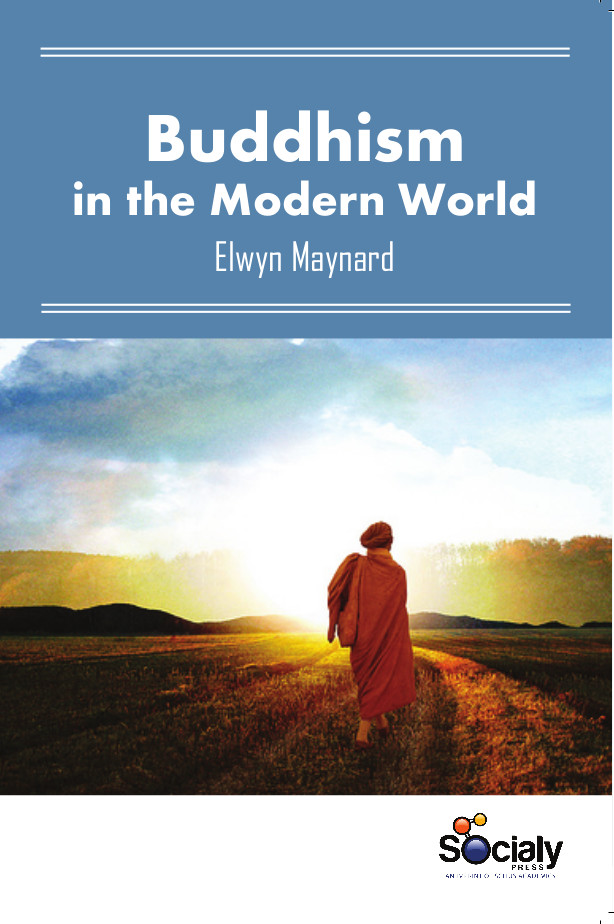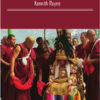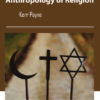For more than two millennia, Buddhism has been a powerful religious, political, and social force, first in India, its original homeland, and then in many other lands. It remains a powerful religious, political, and cultural force in many parts of the world today. There is every reason to expect that the appeal of Buddhism will continue far on into the future. During the 19th and 20th centuries, Buddhism responded to new challenges and opportunities that cut across the regional religious and cultural patterns that characterized the Buddhist world in the premodern period. In the modern age, Buddhism is characterized by its diversity. In some countries it is a cultural institution. In some it is deeply engaged in political conflicts. Some governments that are in conflict with Buddhism have tried to destroy it. In others countries, Buddhism is just becoming established or evolving in new forms. In some countries, Buddhism has become an integral part of the cultural landscape. A number of Buddhist countries were subjected to Western rule, and even those that avoided direct conquest felt the heavy pressure of Western religious, political, economic, and cultural influences. Modern rationalistic and scientific modes of thinking, modern notions of liberal democracy and socialism, and modern patterns of capitalist economic organization were introduced and became important elements in the thought and life of Buddhists and non-Buddhists all across Asia.
Buddhism in the Modern World reveals the diversity and vitality of contemporary Buddhism and offer a wide-ranging look at the way Buddhism interacts with the modern world. Modern rationalistic and scientific modes of thinking, modern notions of liberal democracy and socialism, and modern patterns of capitalist economic organization were introduced and became important elements in the thought and life of Buddhists and non-Buddhists all across Asia.
The book provides a comprehensive overview that is indispensable for both students and scholars of Buddhism.












